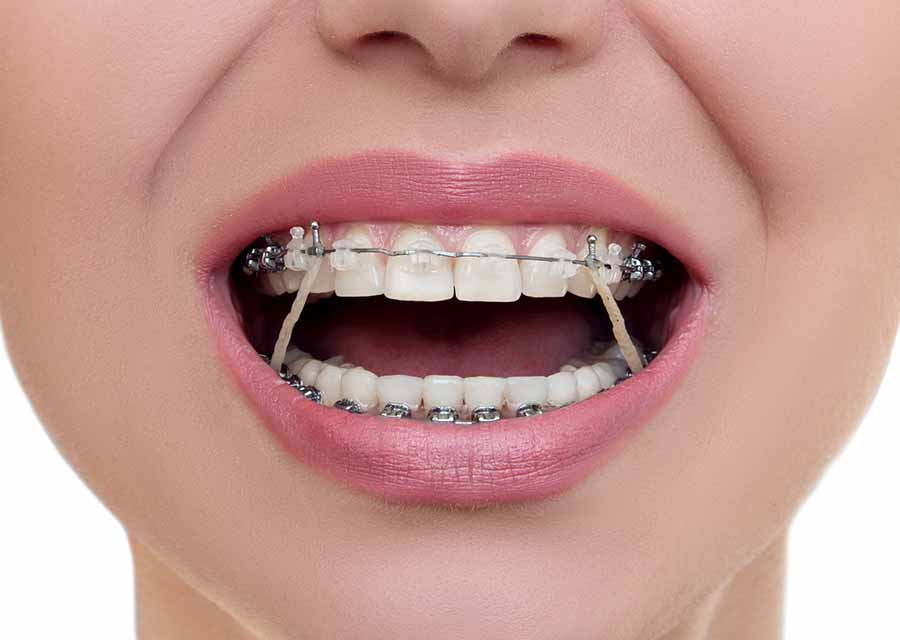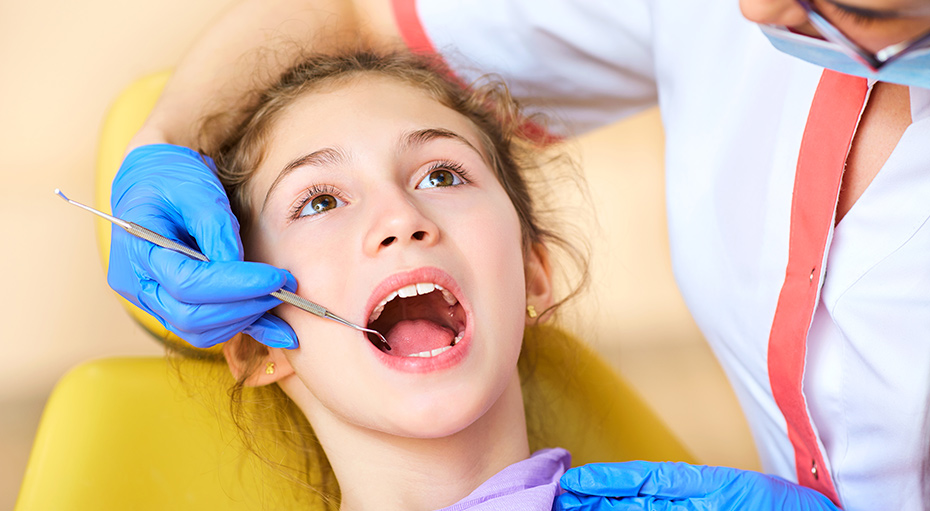The Buzz on Legacy Orthodontics
The Buzz on Legacy Orthodontics
Blog Article
8 Simple Techniques For Legacy Orthodontics
Table of ContentsSome Known Factual Statements About Legacy Orthodontics Some Known Details About Legacy Orthodontics Legacy Orthodontics Things To Know Before You BuyLegacy Orthodontics Fundamentals ExplainedLegacy Orthodontics for Beginners
In enhancement, we use adjustable treatment routines, adaptable payment choices and a fun, satisfying experience.An orthodontist is a dentist trained to identify, avoid, and deal with teeth and jaw abnormalities. They remedy existing problems and are trained to identify issues that may create in the future. Orthodontists deal with people of all ages, from kids to grownups. Individuals often link a perfect smile with health.
Malocclusion, or misaligned teeth, can lead to dental concerns, consisting of dental cavity, gum tissue disease, and hard or unpleasant eating. Not everyone is birthed with straight teeth. If you have a poor bite or large spaces in between your teeth, you might intend to seek advice from a dental practitioner concentrating on orthodontic treatment.
The Buzz on Legacy Orthodontics
( Image Debt: DigitalVision/Getty Images) Orthodontists make use of repaired and detachable dental gadgets, like dental braces, retainers, and bands, to transform the placement of teeth in your mouth. Orthodontic treatment is for dental problems, including: Crooked teethBite troubles, like an overbite or an underbiteCrowded teeth or teeth that are too much apartJaw misalignmentThe goal of orthodontic therapy is to improve your bite.
A healthy bite guarantees you can consume, eat, and talk properly. While you may assume of orthodontists as generally for children or teenagers who need braces, they can fix dental problems at any type of age. Orthodontists go to college, dental college, and orthodontic college. After college graduation, they spend 2 or 3 years in an orthodontic residency program.
, but not all dental practitioners are orthodontists. They concentrate on two locations: Just how to properly and securely move teeth Just how to effectively guide development in the teeth, jaw, and faceOnce an orthodontist has finished training, they have the alternative to end up being board certified.
8 Easy Facts About Legacy Orthodontics Described
Imbalance, or malocclusion, is one of the most typical reason people see an orthodontist. It is hereditary and is the result of dimension distinctions between the top and reduced jaw or between the jaw and teeth. Malocclusion causes tooth overcrowding, an askew jaw, or uneven bite patterns. Malocclusion is typically treated with: Your orthodontist connects metal, ceramic, or plastic square bonds to your teeth.
If you have only minor malocclusion, you might be able to make use of clear dental braces, called aligners, rather of typical braces (https://www.behance.net/brianmccune). Some people need a headwear to aid relocate teeth into line with stress from outside the mouth. After braces or aligners, you'll need to put on a retainer. A retainer is a customized device that keeps your teeth in place.
They're frequently made use of on kids. They can create added room in the mouth without having to draw teeth. If you have a severe underbite or overbite, you may need orthognathic surgery (also called orthodontic surgical procedure) to extend or reduce your jaw. Orthodontists use wires, medical screws, or plates to support your jaw bone.
You may require to see an orthodontist if you have: Crowding or otherwise enough area for all of your teethOverbite, when your top teeth come by your bottom teethUnderbite, when your bottom teeth are also far forwardSpacing or problems with gapsCrossbite, which is when your upper teeth fit behind your bottom teeth when your mouth is closedOpen bite or an upright space in between your front bottom and upper teethMisplaced midline, when the center of your base and top teeth don't line up Dealing with an oral malocclusion can: Make attacking, chewing, and talking easierImprove the symmetry of our face and your overall appearanceEase pain useful site from temporomandibular joint disordersSeparate your teeth and make them less complicated to cleanse, aiding stop dental cavity or tooth cavities It's typically a dental expert that initially notices misaligned teeth during a routine exam.
The Main Principles Of Legacy Orthodontics

During your first orthodontic appointment, you'll likely have: A dental examPhotos taken of your face and smileDental X-raysPanoramic (360 level) X-rays of your face and headImpressions to produce molds of your teethThese examinations will certainly assist your orthodontist know how to continue with your treatment. leesburg invisalign. An orthodontist is a dentist that's had training to treat your teeth and jaw
Orthodontists might execute surgical procedure, exams,X-rays,and more to assist you attain a more comfortable, healthier smile. An orthodontist is focused on your bite, so something like a broken tooth would certainly be taken care of by a dental professional. Orthodontists are dental professionals however not all dental professionals are orthodontists. Orthodontists are focused on your bite, or the means your teeth fit with each other, and the straightness of your teeth.
Ever before wondered exactly how celebs always appear to have perfectly lined up teeth? The solution commonly hinges on the experienced hands of an orthodontist. Yet what precisely does an orthodontist do? Orthodontists are oral specialists who concentrate on remedying irregularities in the teeth and jaws. Their know-how surpasses simply creating a beautiful smile; it includes improving your total dental health and function.
The Legacy Orthodontics Statements

, orthodontists have a varied toolkit at their disposal. These tried-and-true braces use a system of braces bound to the teeth and connected by cords.
Clear aligners, like Invisalign, are a prominent alternative for patients looking for a more very discreet therapy option. These removable trays are tailor-made to considerably change the teeth's setting. Headwear may be made use of along with dental braces or aligners to apply additional targeted forces, specifically for dealing with jaw discrepancies. In situations of slim jaws, palatal expanders can be made use of to produce room for appropriate tooth placement.
Report this page